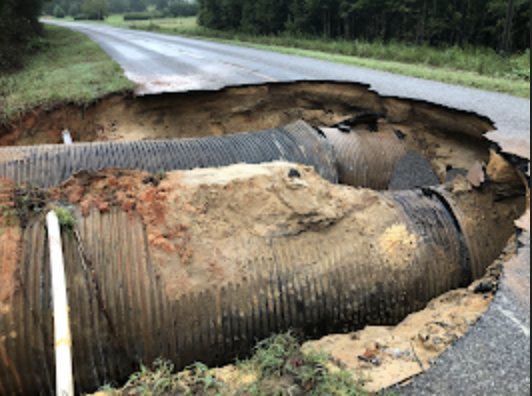Notre Dame group unveils plans for city
Published 12:00 am Wednesday, May 7, 2003
In the midst of one of the busiest weekends Greenville has experienced this season, nearly 60 local citizens turned out at the First Baptist Church Family Life Center last Saturday to learn about the &uot;amazing&uot; architectural plans created for the Camellia City by a group of top Notre Dame students.
In January 2003, 12 students traveled to Greenville with Professor Alan Defrees for a weekend of exploration, study and discussion of the city’s distinctive southern architecture.
It was all part of a seven-week student project undertaken by the Notre Dame School of Architecture.
Greenville was one of just a handful of cities in the country chosen to participate in the program, which provides a complete package of detailed architectural projects to the chosen city, free of charge.
After meeting with local citizens this winter and engaging in brainstorming sessions, the Notre Dame students went back to their drawing boards.
They came up with ideas to both revitalize existing Commerce St. structures and to build new structures and park areas to meet the city’s ever changing needs while retaining its traditional, historic flavor.
The completed project plans were presented on Saturday with nine of the twelve students returning with Defrees for the completed project’s official unveiling to the city.
&uot;What a busy weekend in the life of Greenville, Alabama,&uot; noted Main Street Director Nancy Idland as she welcomed everyone to Saturday’s event.
&uot;There are not enough ‘thank-yous’ all of us can give you and your students, Al…you have given us a new awareness of our surroundings with your work—and the drawings are just fabulous.
The rest of the state is so envious of us,&uot; Idland remarked.
&uot;We have truly all come to appreciate your wonderful southern architecture here,&uot; noted Defrees.
&uot;The South is distinctive…your city, in particular, is in much better shape than so many cities in this country where many historic structures have been destroyed,&uot; noted Defrees.
&uot;The fact that so many of your wonderful buildings have survived for more than 100 years is something special…maintaining that connection to the past is so important,&uot; he added.
Defrees pointed to the array of student designs displayed behind him as he talked.
&uot;This was a laboratory experiment…the students tried different ideas to see how they might work,&uot; he explained.
&uot;We are not saying that you have to do this specific idea in this specific area; it does, however, give you an idea of what you can do to improve certain situations.
Hopefully architects who come here later will see ideas from our project that work very well in your town.&uot;
The project, (which focused on the stretch of Commerce Street between the water tower and the courthouse) was divided into two major areas: new buildings and park spaces and renovation of existing facades.
&uot;Many improvements can be made fairly simply—we’re talking paint, new awnings, different signs, perhaps larger front windows to allow pedestrians to get a better view of merchandise,&uot; Defrees explained.
These would be fairly low-cost short-term projects.
In terms of new buildings, we are going to assume, with the new industry coming in, that Greenville is going to grow,&uot; Defrees explained.
&uot;It is so important to plan for growth that makes good sense.
So some of these larger projects are for 20 to 25 years down the line,&uot; he noted.
Defrees plans to return next fall with another group of 4th year architectural students to study other areas of the city—a visit to which the professor is thoroughly looking forward.
&uot;It’s more than the great hospitality you all have shown us that makes this place so special…it was the genuine interest you’ve shown.
It was your thoughts and ideas about the future of Greenville and your real concern about how to best accomplish any changes that impressed us,&uot; Defrees noted.
&uot;Greenville is a place with a wealth of beautiful architecture and amazing people…hopefully, we will be able to come back one day and see one at least of these projects completed,&uot; he said.


